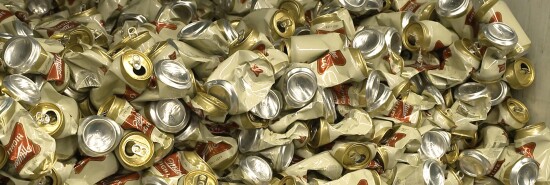
How Miller got the European Union to give it free advertising
Eric Felten
These are tough times for those who would market industrial beer-like products. The back-office geniuses managing the Bud Light account thought it would be clever to hire a transgender “influencer” to get the brand some attention. They got more than they had expected.
And then there was the crackdown on Miller High Life by European customs authorities. A shipment of 2,352 High Lifes destined for Germany was destroyed because the cans sported the slogan “The Champagne of Beers.” Per European law, any drink sold as “Champagne” must be sparkling wine certified as being produced under certain special conditions in the Champagne region of France.
Think about that for just a moment. France has chafed at the Miller High Life label for ages, even though the beer is not normally imported into Europe. But it’s hard to imagine anyone actually mistakes Miller for any sort of champagne. When was the last time you had Champagne from a can? If your goal was to confuse consumers, to fool them into thinking they were drinking champers, not suds, you might have better luck if you put it in something other than aluminum.
After the Europeans crushed the brews, breathless commentary ensued, no doubt partly because the headlines are fun to write and share. “Miller High Life Crushed by Fist of Champagne Police,” declared the New York Times. “The ‘Champagne of Beers’ gets crushed in Belgium,” enthused NPR. USA Today gasped, “Miller beer destroyed.” One doesn’t have to be a cynic to wonder whether this display of European bureaucratic puissance coincided with the Champagne police budget cycle. The way the French enforcers described the action, one could be forgiven for suspecting a put-up job: “This destruction is the result of a successful collaboration between Belgian customs authorities and the Comite Champagne.”
Or perhaps it was just a little wager. Recall the plot device in Smokey and the Bandit — Burt Reynolds is offered $80,000 if he can get a semitruck loaded with illegal beer (Coors, if I remember correctly) from Texarkana to Atlanta. Are we in for a reboot of the Smokey franchise, perhaps with Jason Statham as the Bandit and Jean Reno as a subdued Gitanes-smoking Inspector Buford T. Justice?
Whatever happens in fiction, the episode raises questions for freedom-swilling Americans. Can you legally take Miller High Life into Europe? We could consult the law. But Mr. and Mrs. Felten didn’t raise any sons so foolish as to wade into the legal briar patch governing who, when, where, and why some get to call their fizz by any moniker that includes the word Champagne.
No, the question that stands out is why anyone would want to go to the cost and trouble of shipping low-rent beer across the Atlantic. The simplest explanation would be that it had to be a stunt. Think about it for a moment. Could there really have been someone in Germany who ordered up a couple of thousand cans of Miller because he actually wanted to drink it? Mightn’t it instead be a way of getting publicity? Even those least interested in anything made by Molson Coors (the conglomerate that manufactures the stuff) have now heard that Miller includes the declaration on its cans that the generic carbonated malt beverage inside is the Champagne of beers.
Will those following the story come away from the brew-ha-ha with the impression that … what? Miller is indistinguishable from Dom Perignon? The more likely scandal is that some consumers will come away with the impression that Miller is beer worth drinking at all.
Eric Felten is the James Beard Award-winning author of How’s Your Drink?
